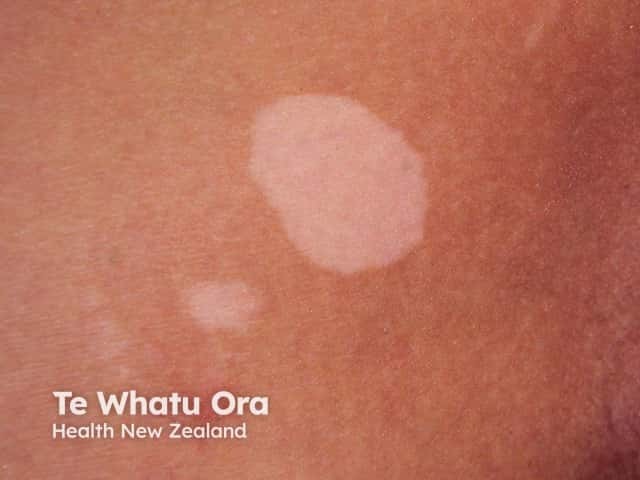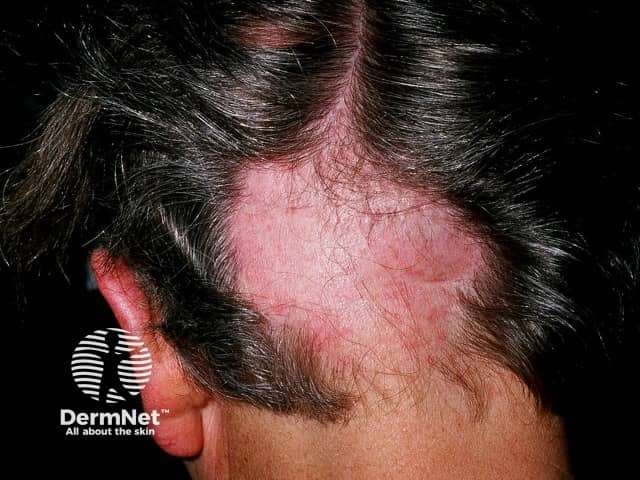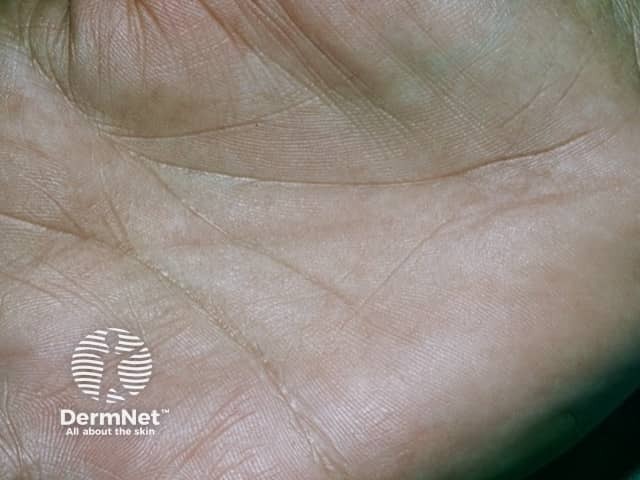Main menu
Common skin conditions

NEWS
Join DermNet PRO
Read more
Quick links
Author: Brian Wu, MD candidate, Keck School of Medicine, Los Angeles, USA. DermNet Editor in Chief: Hon A/Prof Amanda Oakley, Dermatologist, Hamilton, New Zealand. December 2016.
Introduction
Demographics
Causes
Clinical features
Diagnosis
Treatment
Outcome
Autoimmune polyglandular syndrome type 1 (APS1) is an autoimmune condition that results in insufficiencies of multiple endocrine glands. It is also known as autoimmune polyendocrine syndrome type 1, polyendocrinopathy-candidiasis–ectodermal dystrophy (APECED), Whitaker syndrome, and candidiasis-hypoparathyroidism–Addison disease syndrome, among its many other names.
APS1 was first described by Dr Thomas Addison in the 19th century.
APS1 is inherited, with women and girls being slightly more likely than men and boys to develop the syndrome. It most often occurs in particular ethnic populations due to consanguinity or the clustering of descendants from a common family founder. It is most prevalent in:
APS1 is rare in other populations.
APS1 is caused by gene mutations in the autoimmune regulator gene, AIRE, on chromosome 21q22. It is inherited in an autosomal recessive pattern (two copies of an abnormal gene must be present for the syndrome to develop). These gene mutations lead to autoantibodies and cause chronic inflammatory cell infiltrates in the affected organs.
Symptoms most often appear in children aged 3–5 years, most cases of APS1 have appeared by early adolescence, and all cases by the time an individual is in their early 30s.
APS1 is based on three main clinical features:
While less common, other possible features of this syndrome can include:

Vitiligo

Alopecia areata

Addison disease
If an individual presents with evidence of more than one endocrine deficiency, further testing can be done to confirm autoimmune polyglandular syndrome type 1 (APS1), including:
Additional possible blood tests can include testing of testosterone, oestradiol, follicle-stimulating hormone (FSH), luteinising hormone (LH), prolactin, adrenocorticotropic hormone (ACTH), plasma renin activity, electrolyte levels, and a complete blood count.
Skin swabs and scrapings may also be taken to detect Candida albicans.
The treatment of APS1 will depend upon its specific features.
The prognosis for APS1 is variable. Survival rates have improved greatly since the 1970s.